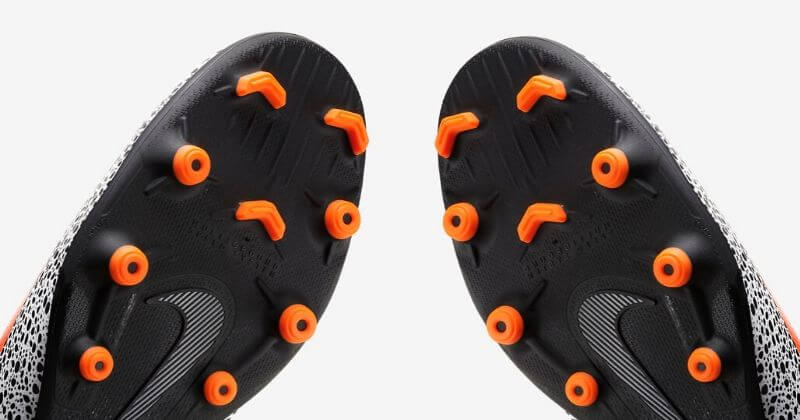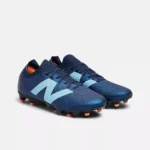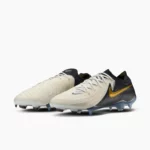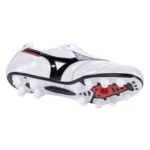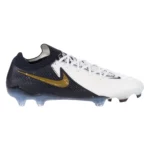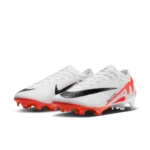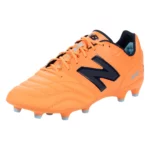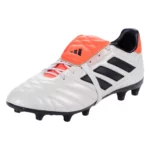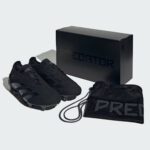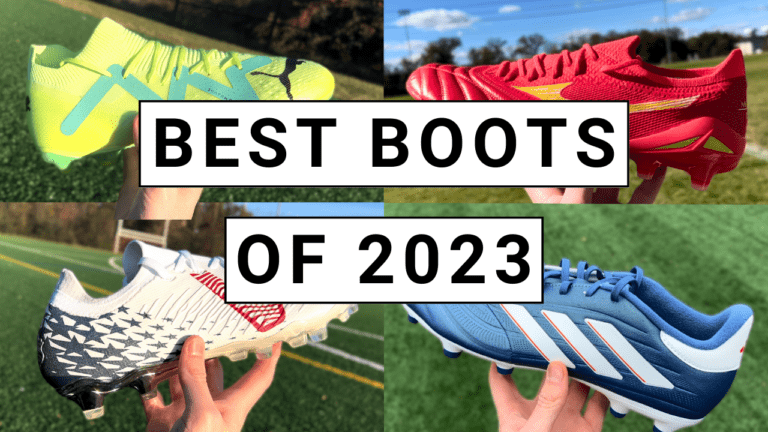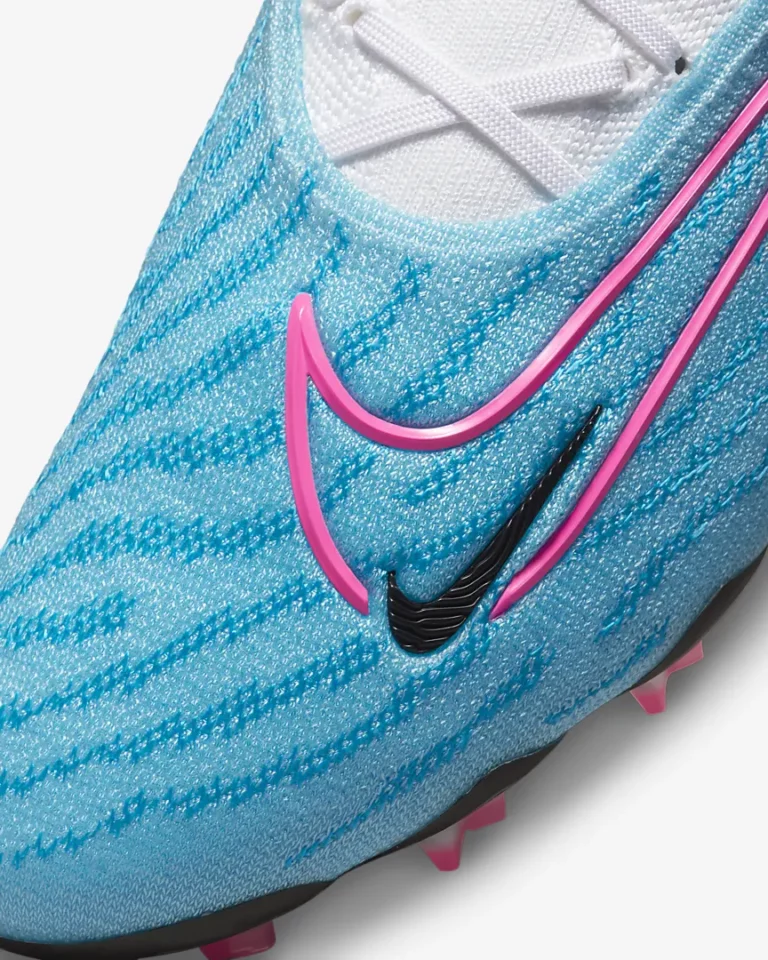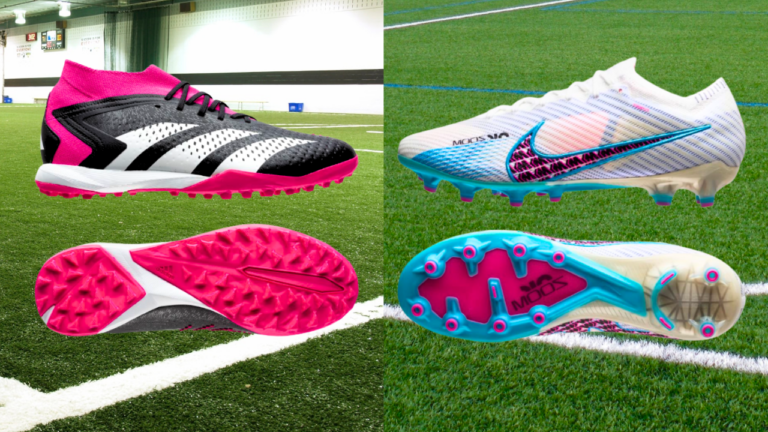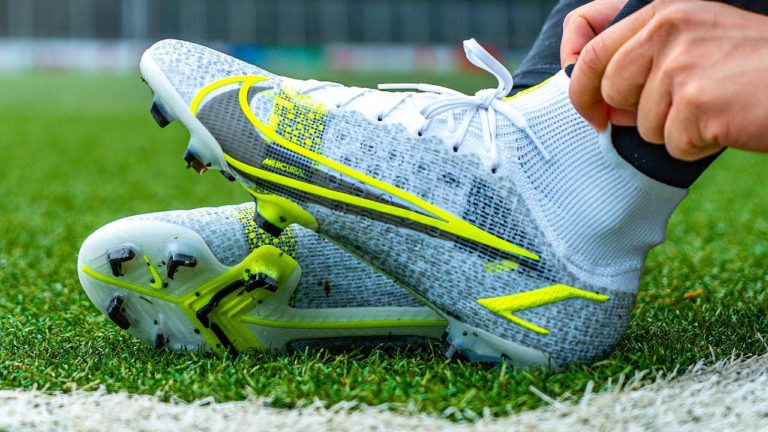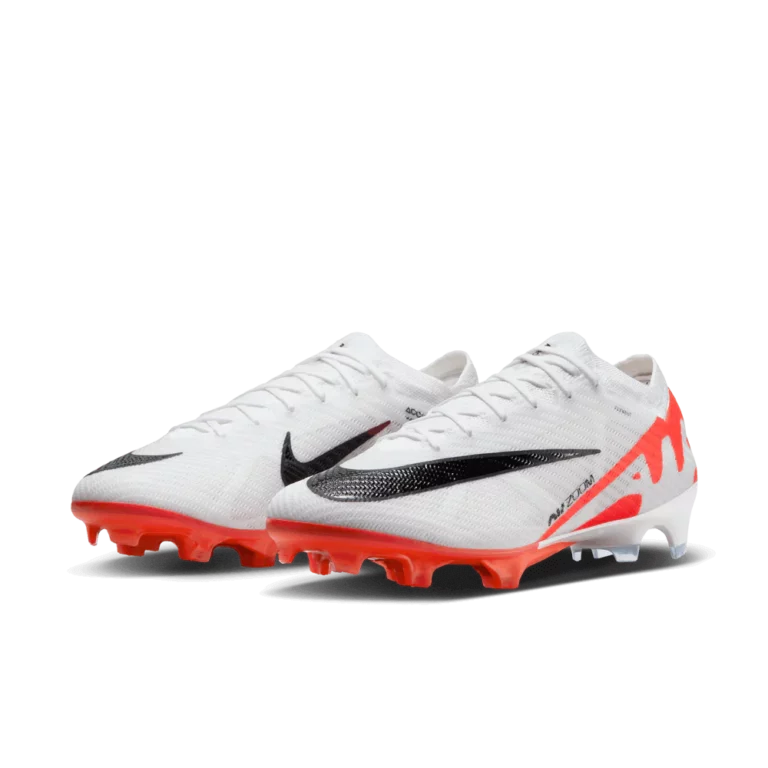Blades vs Studs on Football Boots
Blades vs Studs on Football Boots
When you choose a pair of football boots, you’ll have to understand what studs you need. The main options are bladed studs and conical studs. Different studs will impact the traction between your boot and the playing surface. Blades tend to have a more aggressive feel, while conical studs are slightly more tame. In this article, we’ll be going over the difference between blades vs conical studs found on football boots.
There are a wide variety of stud patterns available in modern football boots. Some are more old fashioned while others implement high tech features. The studs on your football boots will impact not just your performance, but also your safety on the field. That makes it important to choose the right studs.
For all the latest football boots and gear, go to World Soccer Shop for the best prices online. You can even find older models selling for a discount.
Conical Studded Football Boots
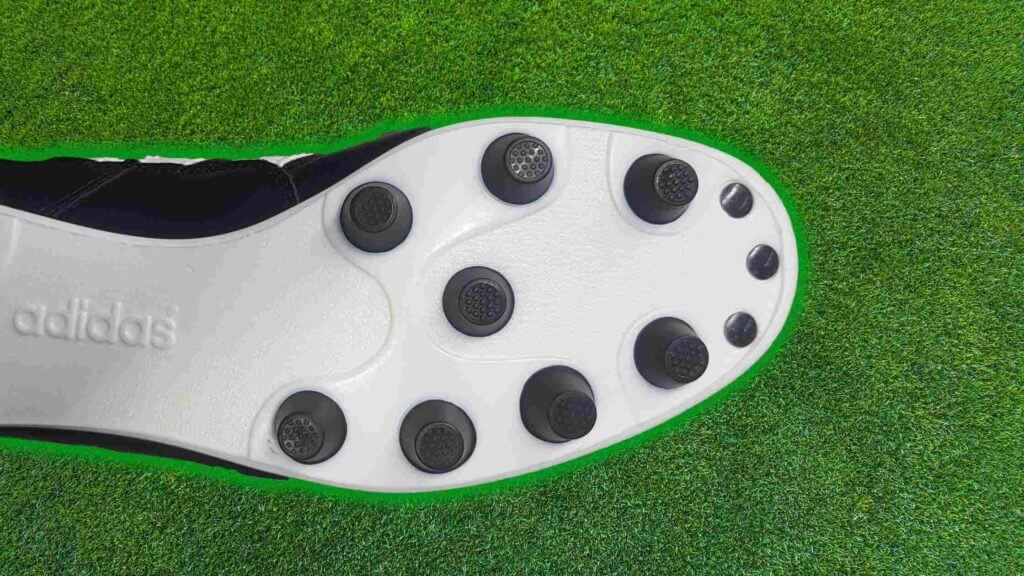
Conical studs were featured on the stud plates of the first football boots. You can still find conical studs on models like the Adidas Copa Mundial and the Nike Premier. Conical studs come in various sizes and patterns depending on the exact model you choose.
The benefit of conical studs is that they can provide better comfort and maneuverability on the field. This is in part due to the fact that they can swivel a full 360 degrees. This helps your feet twist more naturally as you make movements on the field.
Another added convenience of conical studs is that on some boots, they can be unscrewed and replaced. This means that studs can easily be replaced if they get lost or damaged.
One notable disadvantage of conical studs is that they do not have the same traction compared to their bladed counterparts. However, due to their rounded design, they may be safer for players who are at risk of injuries caused by twisting.
Bladed Football Boots
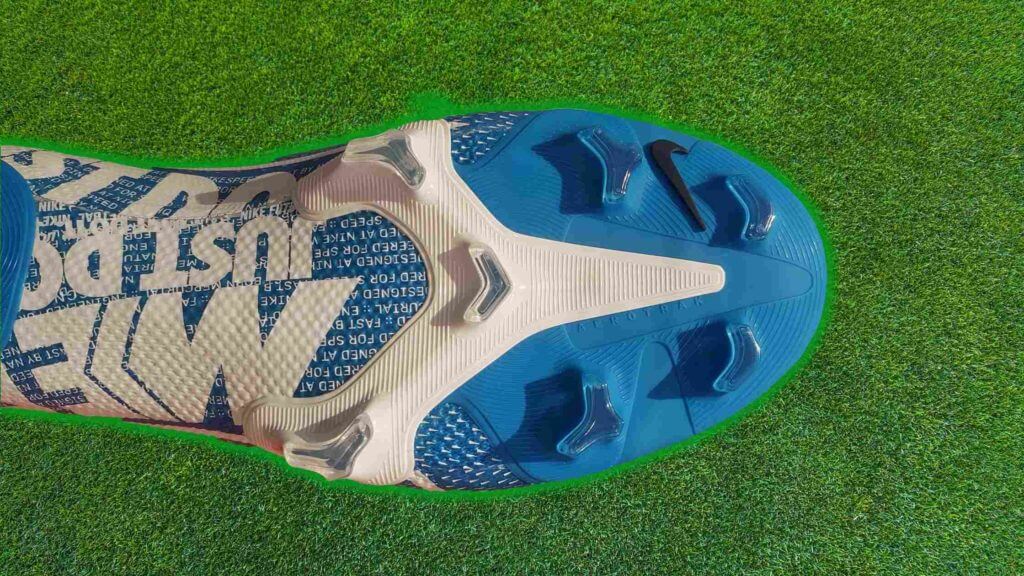
Bladed sole plates on football boots have only been around since 1996, when Adidas first implemented the design. These blades typically have a chevron shape and are constructed from plastic.
Blade studs are larger than conical studs, and provide more surface area. The idea behind the shape of the studs is that they can more evenly distribute the weight of your body. This should also lead to more efficient power generation when accelerating.
Blade studs also provide more traction than conical studs. This is due to the fact that the blades have much sharper edges. This added traction can be both an advantage and a disadvantage while playing.
The benefit of this added traction is that you can change direction and accelerate with more control. This can help make you more explosive in tight spaces. The downside of this greater traction is that your joints will be subject to more stress when changing direction. This could put you at a slightly greater risk of ACL damage and other injuries.
Playing Surface
The surface that you play on is the most important factor for selecting a suitable stud pattern. Playing surfaces vary greatly in their hardness and traction. So when choosing a new pair of football boots, be sure to consider the fields that you’re most likely to play on. I’ll go through a variety of playing surfaces and analyze which studs work best for each.
Firm Ground
Most natural grass fields are given the designation of FG, meaning firm ground. These firm ground fields are typically characterized as being dry and hard.
Both conical and bladed stud patterns should be suitable for firm ground fields. However, due to the added traction they provide, blades may be better choice for firm ground fields.
Soft Ground
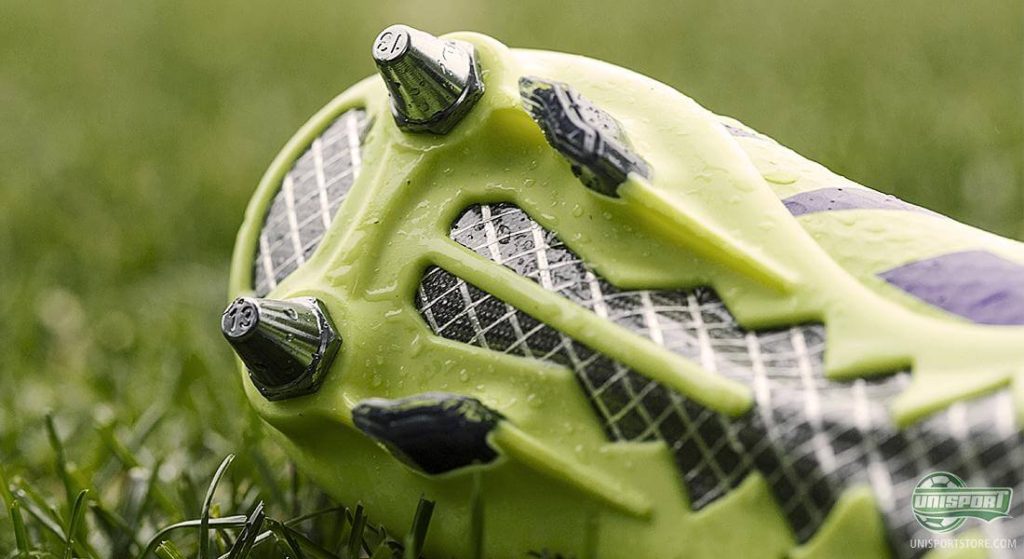
Soft ground (SG) fields tend to be more wet than FG fields. This softer grass is also associated with being more muddy. The cushioned surface of an SG field means that studs are likely to penetrate farther into the ground.
For use on soft ground fields, brands have developed boots with a unique SG sole plate. This sole plate has long, sharp, and pointed studs. SG studs are the most aggressive type that you will find in a sole plate. This makes them perfect for penetrating soft fields and providing maximal traction.
Artificial Grass
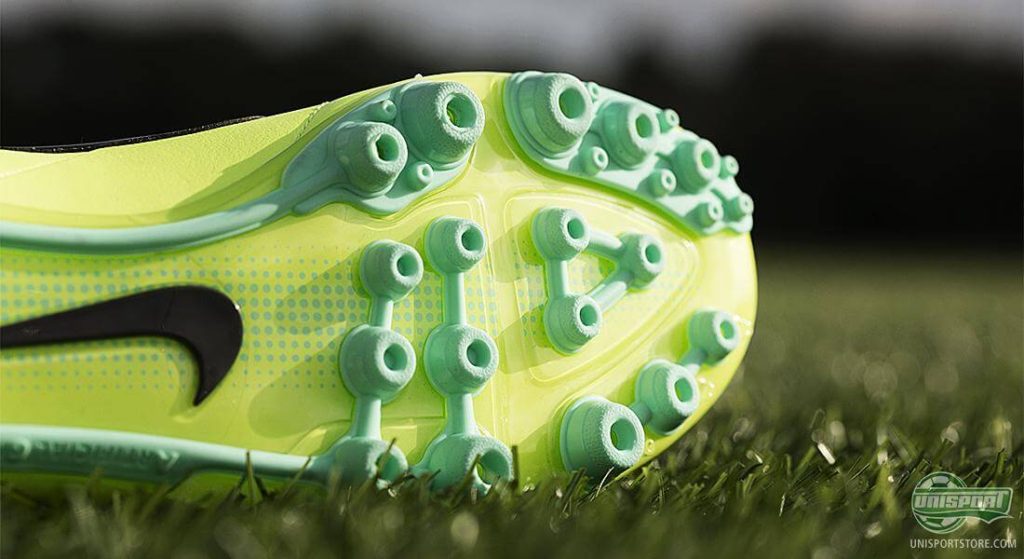
Artificial grass (AG) fields are becoming increasingly common. They are much easier to maintain than natural grass, making them a more suitable option in most locations. I play almost exclusively on AG pitches. For this reason, I prefer wearing AG football boots.
AG fields are built using layers of rubber and synthetic grass. AG fields can vary between each other, but they often tend to be harder than natural grass fields.
For this reason, AG football boots have short conical studs on their sole plates. The shorter studs help reduce pressure and allow your weight to be distributed evenly across your feet. This makes for a more comfortable sensation while playing on AG fields.
Additionally, the conical studs on AG boots allows them to twist easily during rotation. This reduces the possibility of your studs getting caught in the ground, protecting you from potential injury. For more information on the necessity of AG boots, check out the following article.
Multi Ground Boots
Many football brands have started to create hybrid sole plates. These boots are advertised to have ‘FG/AG’ stud patterns that can be used on a wide variety of playing surfaces. Puma has been focusing on these hybrid sole plates for all of their top end models.
Although it’s appealing to have a one-size fits all option, these hybrid sole plates are more suited to firm ground pitches. If you’re going to be playing on artificial grass, you’ll be better off investing in a pair of AG boots. These boots will be more comfortable on the harder artificial surface, and also reduce your risk of injury.
Are Blades or Conical Studs Better?
Blades and conical studs both have their advantages and disadvantages. If you’re going to be playing mostly on firm ground surfaces, blades are a great option to give you maximal traction. If you play on harder surfaces such as artificial grass, conical studs on AG sole plates are a better choice.
These days, most boots ship with a variety of sole plate options. So be sure to choose a stud pattern that you find comfortable and that fits with your playing surface.
- Most Comfortable Football Boots of 2024
- Nike Phantom GX 2 vs Adidas Predator Elite
- Puma Future 7 Pro – Review
- Mizuno Morelia 2 Elite Review
- Nike Phantom GX 2 Elite Review
- Width Matters: Choosing the Right Football Boots for Your Feet
- Nike Premier 3 vs Copa Gloro vs NB 442 V2 Pro
- The Best Value Adidas Boot – Copa Gloro Review
- Best Predator Ever? – Predator Elite Review
